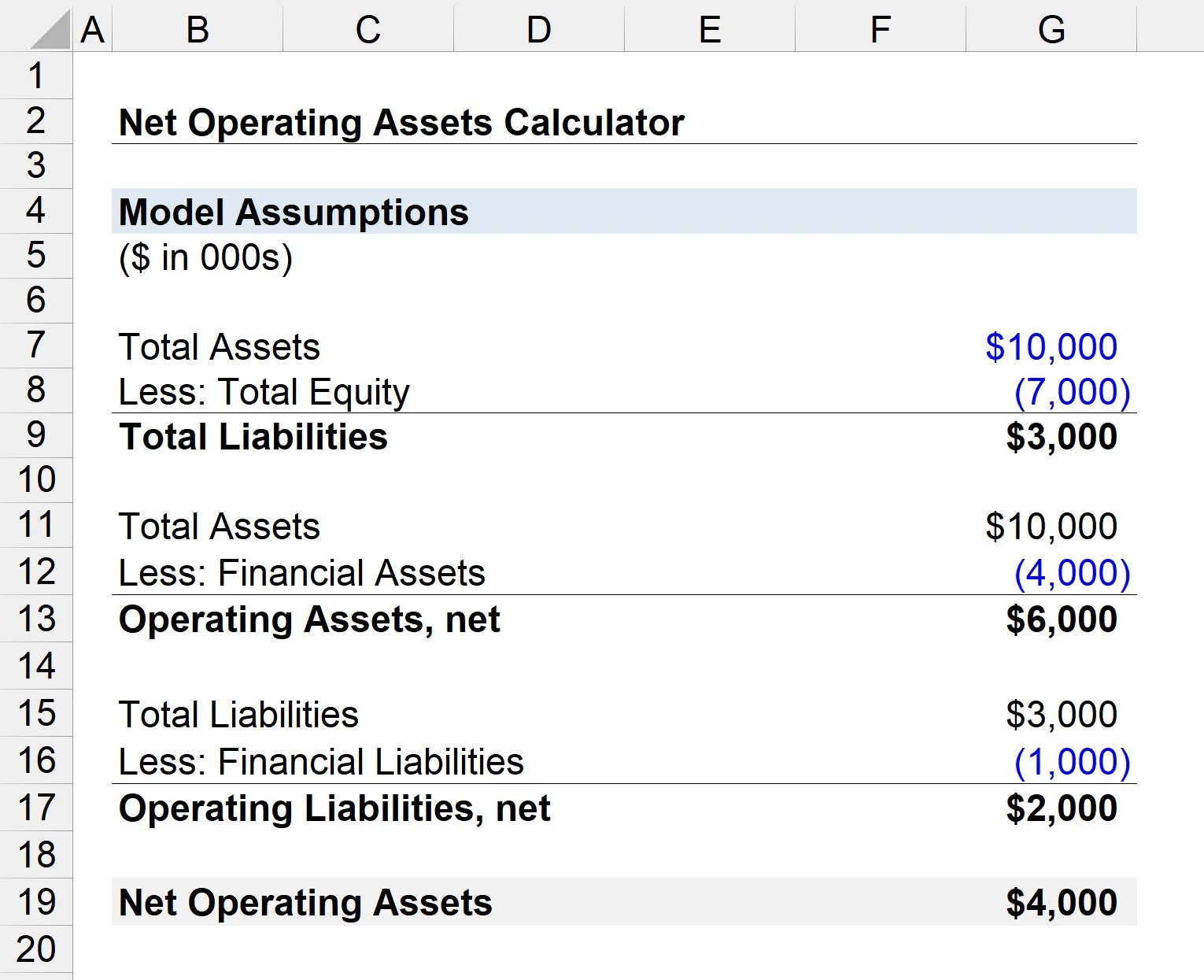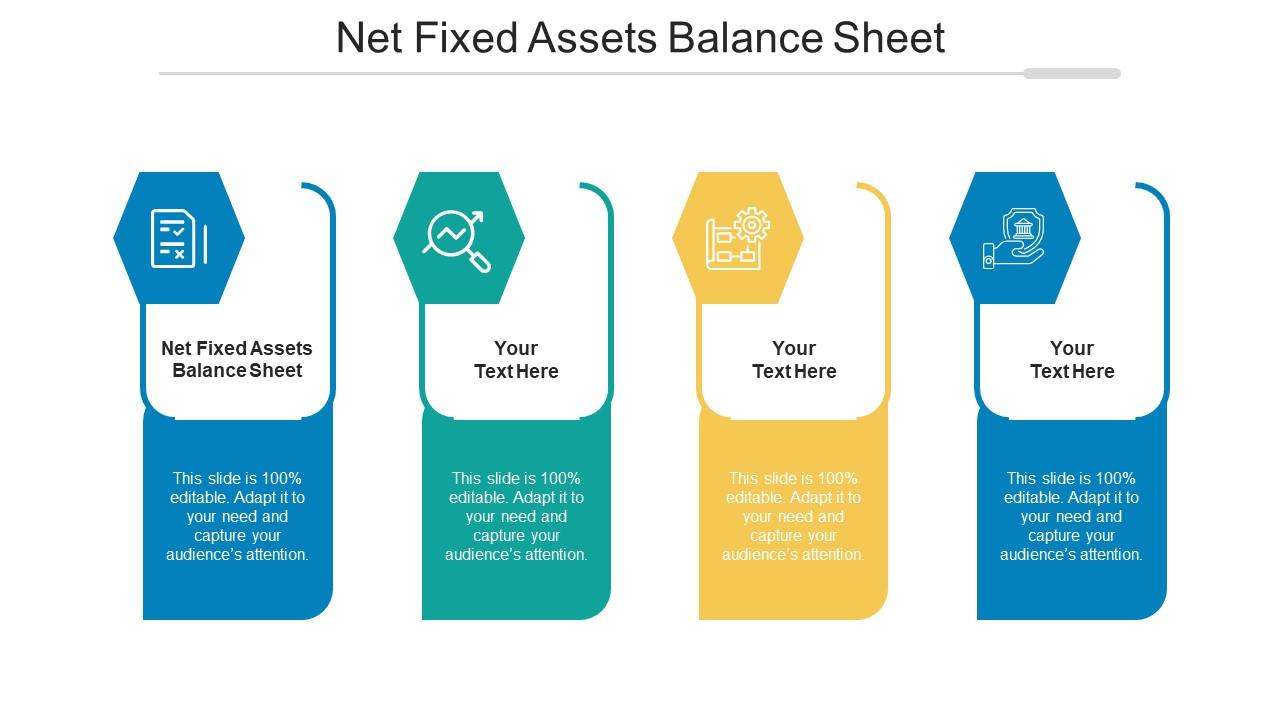

Finance
Discount To Net Asset Value Definition
Published: November 12, 2023
Discover the meaning of "Discount to Net Asset Value" in finance and learn how it impacts investments. Unlock potential savings and growth opportunities.
(Many of the links in this article redirect to a specific reviewed product. Your purchase of these products through affiliate links helps to generate commission for LiveWell, at no extra cost. Learn more)
Understanding Discount to Net Asset Value (NAV) Definition
Finance is a diverse and complex field that can sometimes be overwhelming, especially for those new to the world of investing. With so many different terms and concepts to grasp, it’s essential to break them down into more manageable pieces. In this blog post, we will be focusing on one particular category within finance called “Discount to Net Asset Value (NAV) Definition”.
Key Takeaways:
- Discount to Net Asset Value (NAV) is a financial metric used to measure the difference between the market price of a mutual fund or exchange-traded fund (ETF) and the fund’s net asset value per share.
- A discount to NAV can occur when the market price of a fund is trading below its net asset value per share, indicating a potential undervaluation.
So, what exactly is Discount to Net Asset Value (NAV) and why is it significant? The Discount to NAV refers to the difference between the market price of a mutual fund or ETF and its net asset value per share. Net Asset Value per share is calculated by dividing the total value of a fund’s assets by the total number of outstanding shares.
Now, you may be wondering how investors can take advantage of this metric. When a fund is trading at a discount to its NAV, it suggests that the market price of the fund is lower than its underlying assets’ value per share. This potential undervaluation can be an attractive opportunity for investors looking to purchase the fund at a discounted price.
It’s important to note that a discount to NAV does not necessarily mean that a fund is a good investment. Other factors, such as the fund’s performance, management fees, and overall market conditions, should also be considered before making any investment decisions.
To give you a better understanding, here are a few key points to keep in mind regarding Discount to Net Asset Value (NAV) definition:
- Valuation: A discount to NAV allows investors to assess whether a particular fund is trading at a discount or premium to its assets’ underlying value.
- Opportunity: When a fund is trading at a discount to its NAV, it can be an opportunity for investors to potentially buy into the fund at a lower price.
- Risks: Investing solely based on the discount to NAV can be risky, as other factors like fund performance and management should also be evaluated.
In conclusion, understanding the Discount to Net Asset Value (NAV) definition can be beneficial for investors who want to assess the potential value of a mutual fund or ETF. While a discount to NAV may indicate an attractive investment opportunity, it’s important to consider various factors before making any investment decisions.
By familiarizing yourself with key financial concepts such as discount to NAV, you can become a more informed and confident investor. Remember, investment decisions should always be made based on comprehensive research and understanding of the underlying factors impacting a fund’s value.














